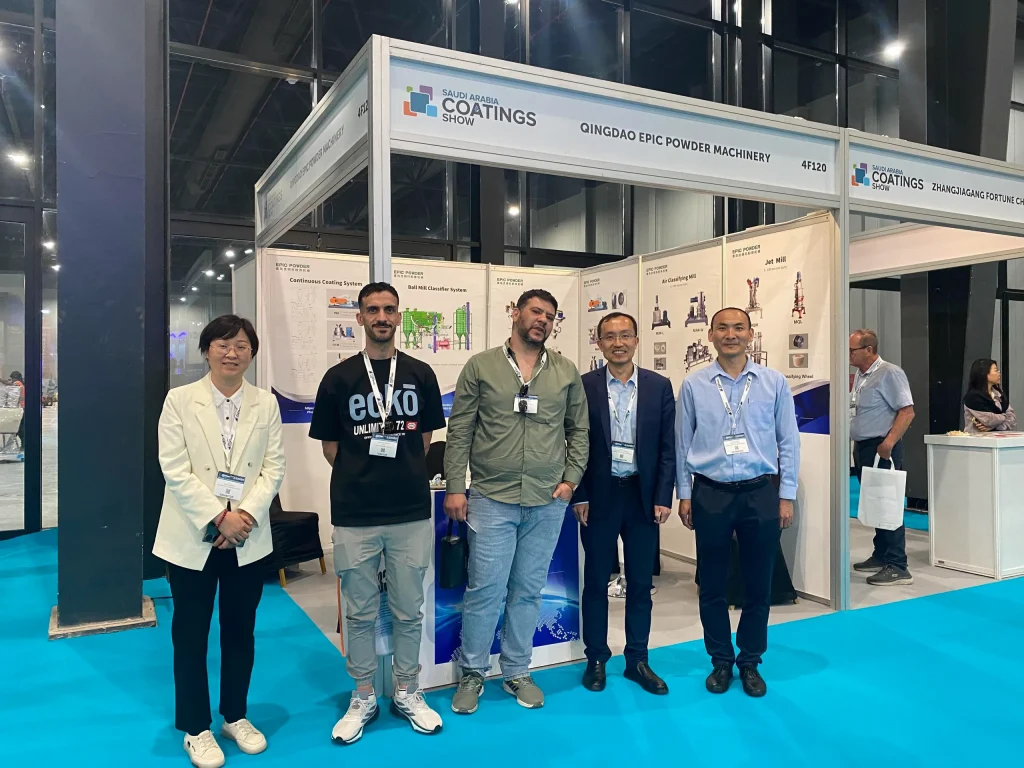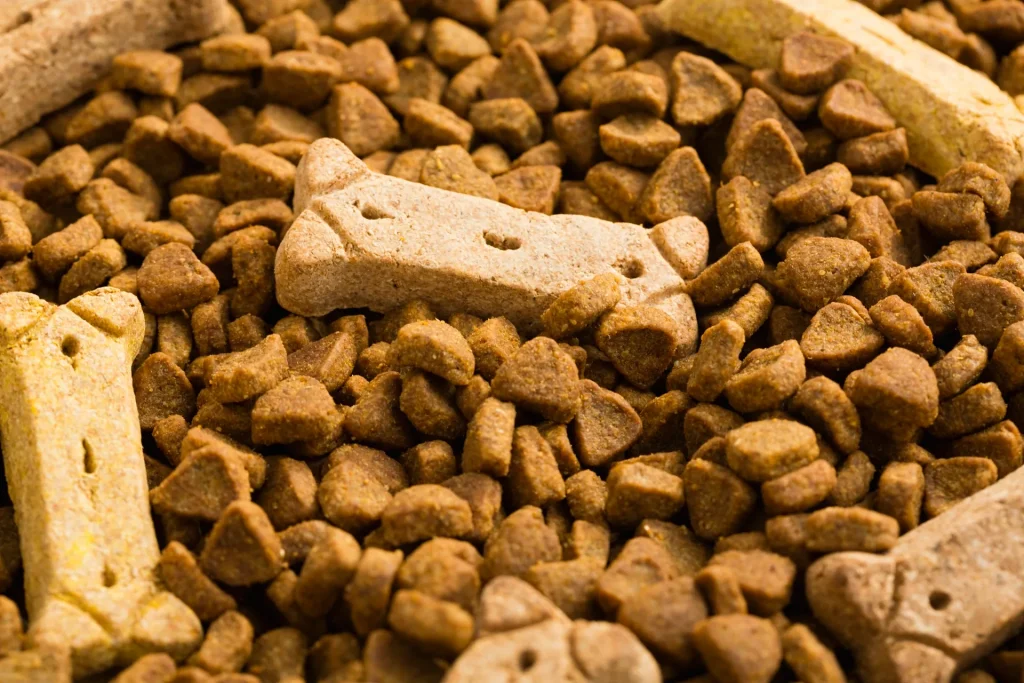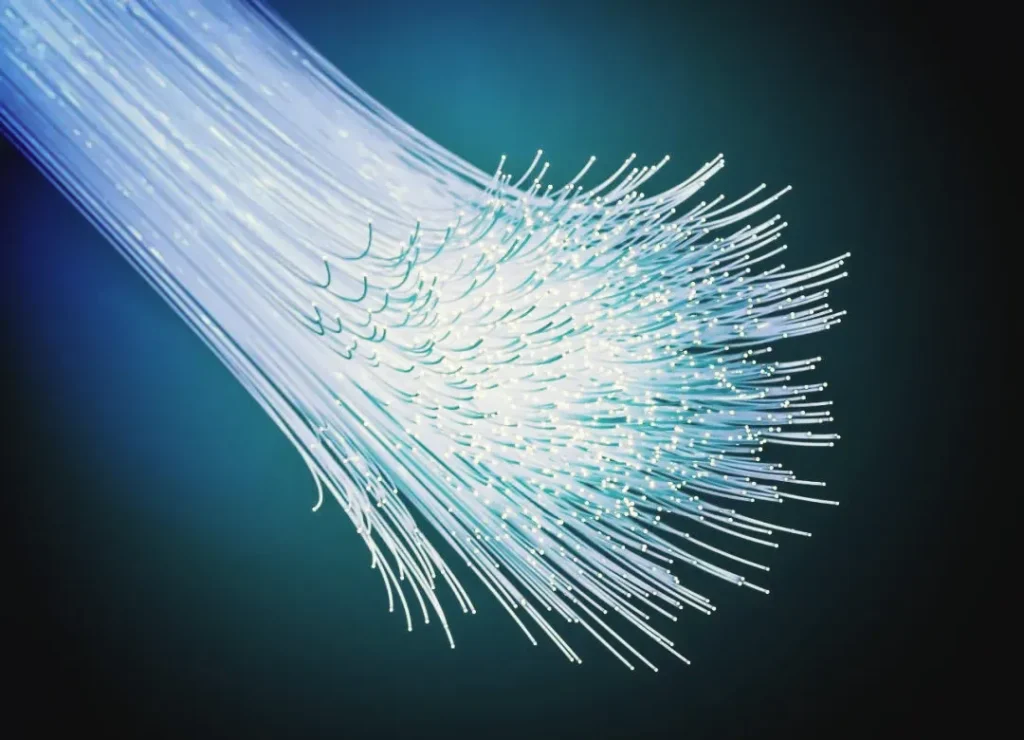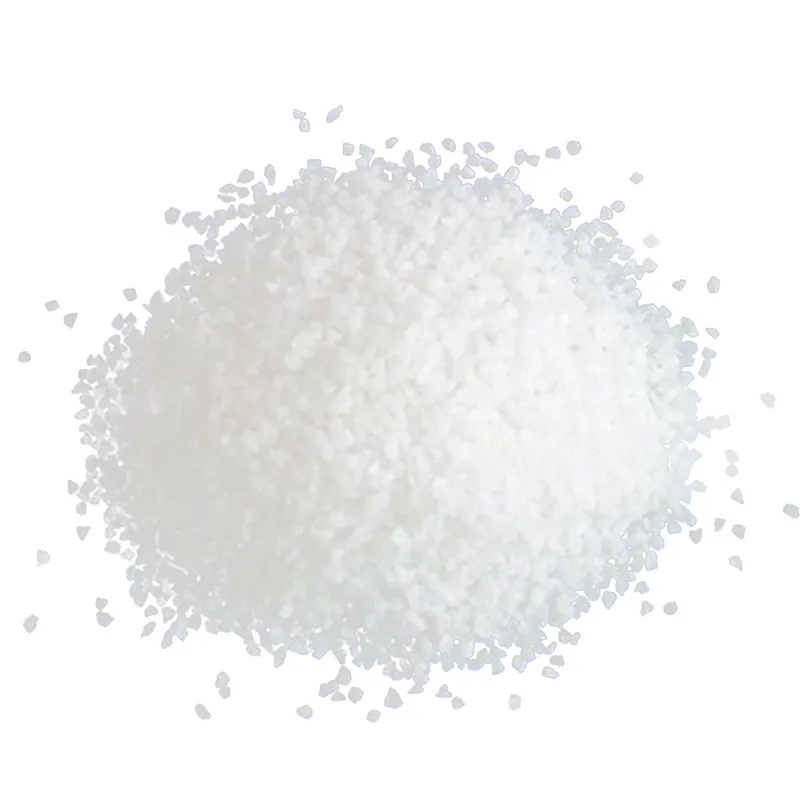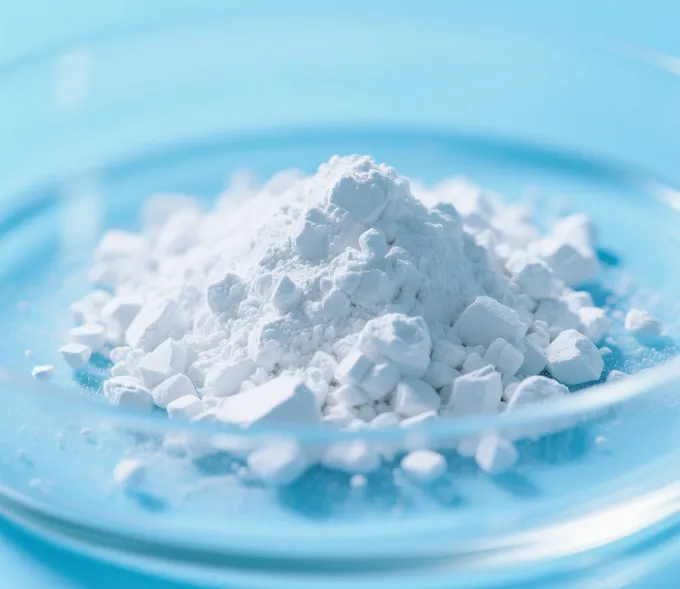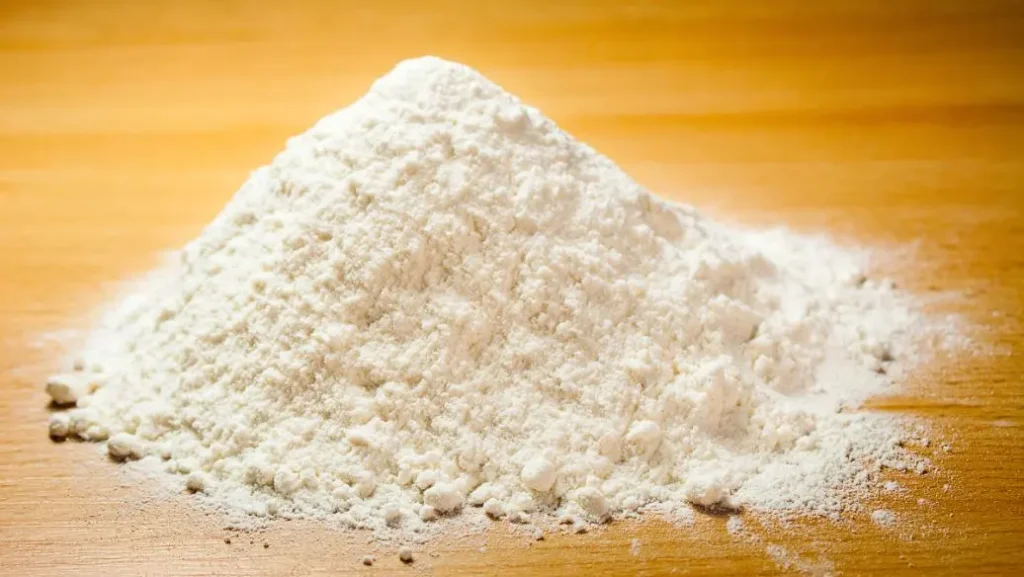Epic Powder in AP-Rubber Plas Exhibition!
AP-Rubber Plas Exhibition The AP-Rubber Plas Exhibition will go deep into the market segments and accurately invite professional purchasers from rubber and plastic products, automobiles, household appliances, medical treatment, electronic appliances, rail transit, wires and cables and other fields in accordance with the demands of previous exhibitors. EPIC Powder will participate in a great exhibition! Time: […]
Epic Powder in AP-Rubber Plas Exhibition! Read More »

